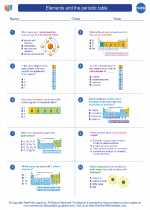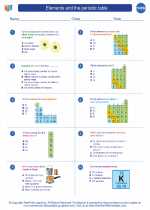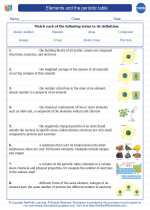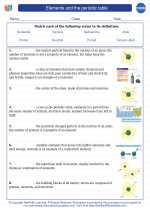Polar Regions
Polar regions refer to the areas around the North Pole and the South Pole of the Earth. These regions are characterized by their extremely cold temperatures, unique ecosystems, and the presence of polar ice caps.
Climate and Geography
The polar regions experience some of the coldest temperatures on Earth. During winter, temperatures can drop well below freezing, and in some areas, they can remain below freezing even in the summer months. The geography of the polar regions is dominated by ice and snow, with very little vegetation and limited animal life due to the harsh conditions.
Environmental Significance
The polar regions play a crucial role in regulating the Earth's climate and ocean currents. The reflective nature of the ice and snow in these regions helps regulate the planet's temperature by reflecting sunlight back into space. Additionally, the melting of polar ice caps contributes to rising sea levels, which has implications for coastal regions around the world.
Impact of Climate Change
Climate change has had a significant impact on the polar regions, leading to the melting of ice caps, changes in the behavior of wildlife, and alterations to the delicate balance of the ecosystem. Understanding these changes and their implications is crucial for addressing the broader issue of climate change.
Study Guide:
- Describe the climate of the polar regions and the challenges it presents for life.
- Explain the environmental significance of the polar regions and their impact on global climate and sea levels.
- Analyze the effects of climate change on the polar regions and the implications for the rest of the planet.
- Discuss the unique adaptations of plants and animals in the polar regions that allow them to survive in such extreme conditions.
- Examine the research being conducted in the polar regions and its importance for understanding climate change and its effects.
Studying the polar regions offers a unique opportunity to understand the impacts of climate change and the importance of preserving these critical ecosystems for the health of the planet.
[Polar Regions] Related Worksheets and Study Guides:
.◂Chemistry Worksheets and Study Guides High School. Elements and the periodic table

 Worksheet/Answer key
Worksheet/Answer key
 Worksheet/Answer key
Worksheet/Answer key
 Vocabulary/Answer key
Vocabulary/Answer key
 Vocabulary/Answer key
Vocabulary/Answer key
 Vocabulary/Answer key
Vocabulary/Answer key
